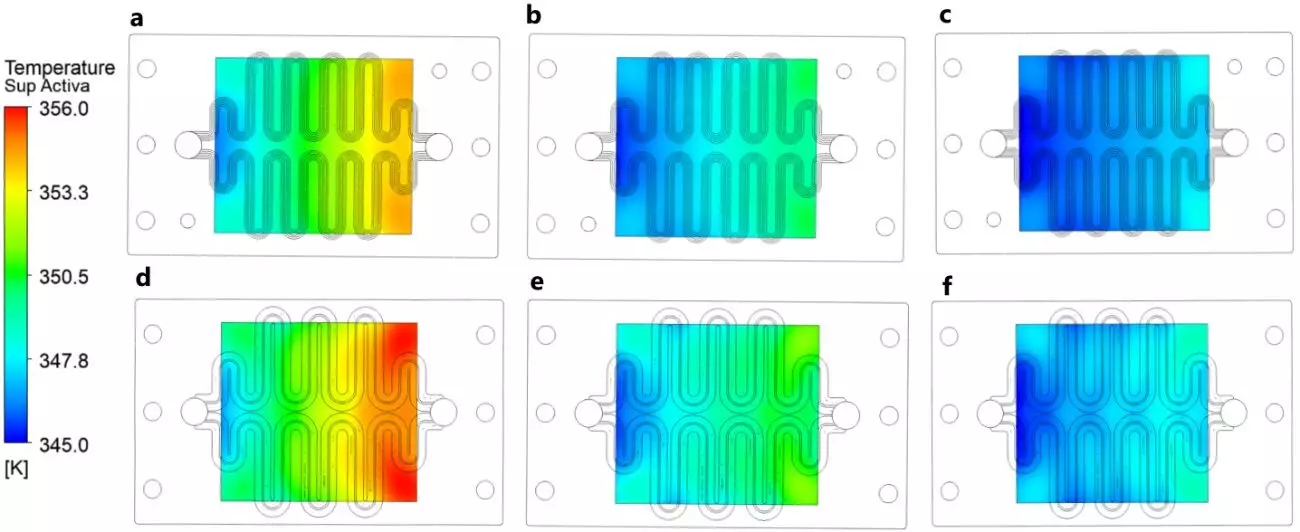The intersection of renewable energy technology and engineering provides fertile ground for critical advancements. Recent endeavors by a research team from the University of Seville’s Department of Energy Engineering, alongside collaborators from AICIA and Harbin Institute of Technology in China, have notably improved our understanding of the cooling mechanisms in polymer electrolyte membrane (PEM) fuel cell stacks. Their research sheds light on the intricate relationship between temperature gradients within these cells and the efficacy of their cooling systems, particularly serpentine-type cooling channels.
The investigative process utilized extensive numerical analysis focused on heat transfer phenomena within PEM fuel cells. By examining various operational parameters, the research aimed to establish a new correlation for assessing heat transfer performance, known as the Nusselt number. One of the pivotal findings revealed that factors such as coolant mass flow rate and the thermal conductivity of bipolar plates significantly influence the cooling efficiency of PEM fuel cells. These insights, which are crucial for effective fuel cell design, were documented in the scholarly journal, Energy.
The research particularly emphasized the importance of cooling mechanisms in preventing excessive temperature gradients that could compromise membrane integrity, leading to premature degradation. A well-designed cooling system not only enhances operational efficiency but also extends the overall lifespan of PEM fuel cells, a crucial aspect in the pursuit of sustainable energy solutions.
Computational Fluid Dynamics and Validation
The study employed sophisticated computational fluid dynamics (CFD) simulations conducted on a cell with an active area of 100 cm² and serpentine cooling channels. Various parameters were manipulated, including coolant types, mass flow rates, thermal contact resistances, and the materials used for bipolar plates, allowing the research team to explore a vast array of design possibilities. The resulting correlation for the Nusselt number emerged as a groundbreaking contribution, enabling future designs to be optimized under diverse operating conditions.
The introduction of this new heat transfer correlation significantly enhances the design framework for PEM stacks, equipping engineers and researchers with the tools necessary to predict potential degradation scenarios associated with heat management. The ability to foresee performance issues before they arise represents a substantial leap forward in the field of fuel cell technology. As the energy sector leans more heavily towards sustainable practices, refining these technologies is essential.
Moreover, the implications of this research extend beyond mere academic interest; they represent a crucial step towards the realization of efficient, durable, and high-performance fuel cells. By integrating enhanced cooling strategies into the design process, the anticipated longevity and efficiency of PEM fuel cells can be vastly improved, positioning them as a viable alternative in the renewable energy landscape.
This research signifies not just an academic achievement but a potential turning point in the development of next-generation fuel cell technologies. As the global energy landscape evolves, insights like these will be instrumental in driving innovation and sustainability in the realm of energy production.


Leave a Reply